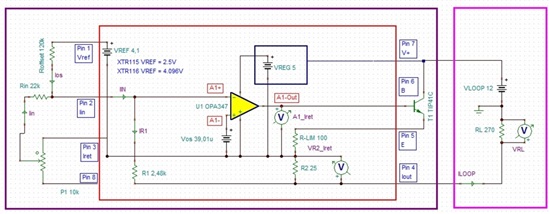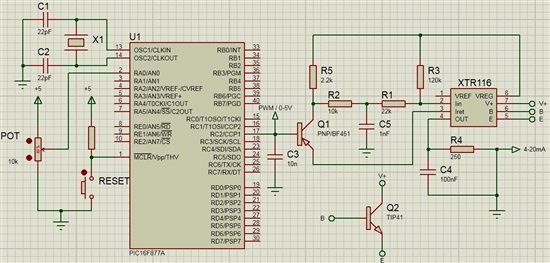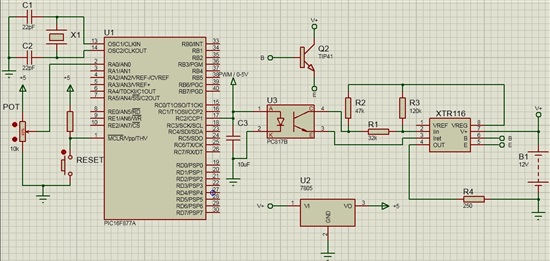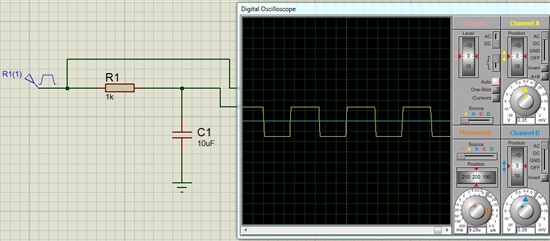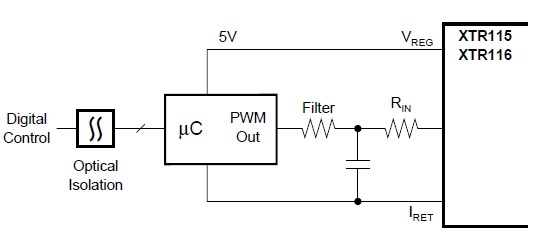Hi Everyone,
I did the conversion 0-5V 4-20ma convert with XTR 116. Circuit schema like in the photo. I want to use PIC16F877 instead of potentiometers. Using PWM want to get to 4-20. But I don't know how to make a connection. I would be glad if you can help. Thank u so much..